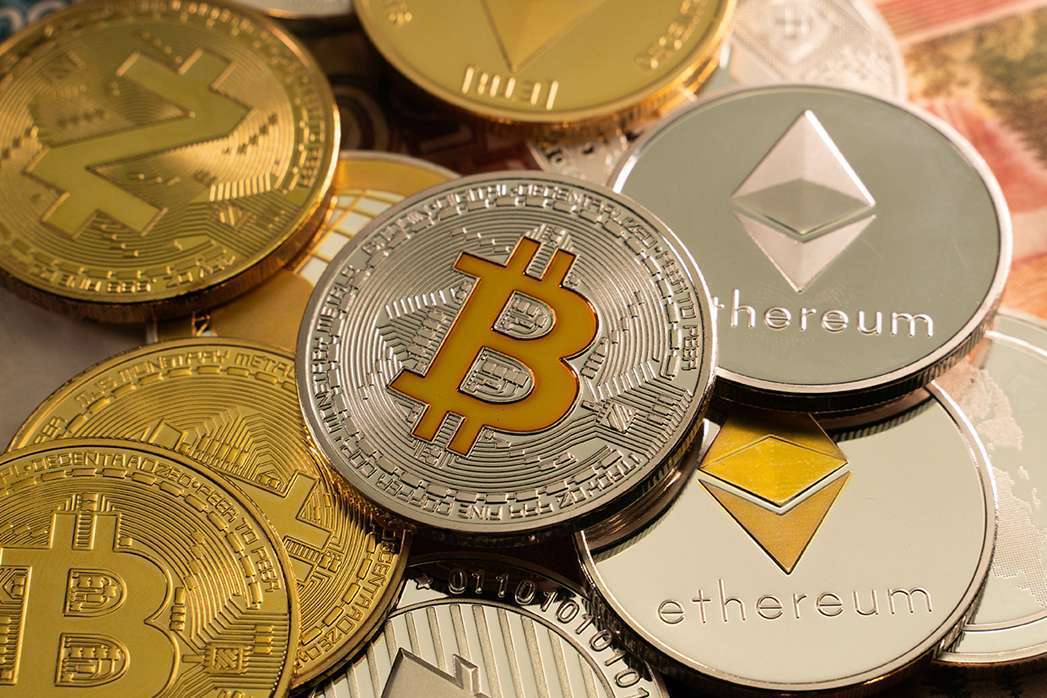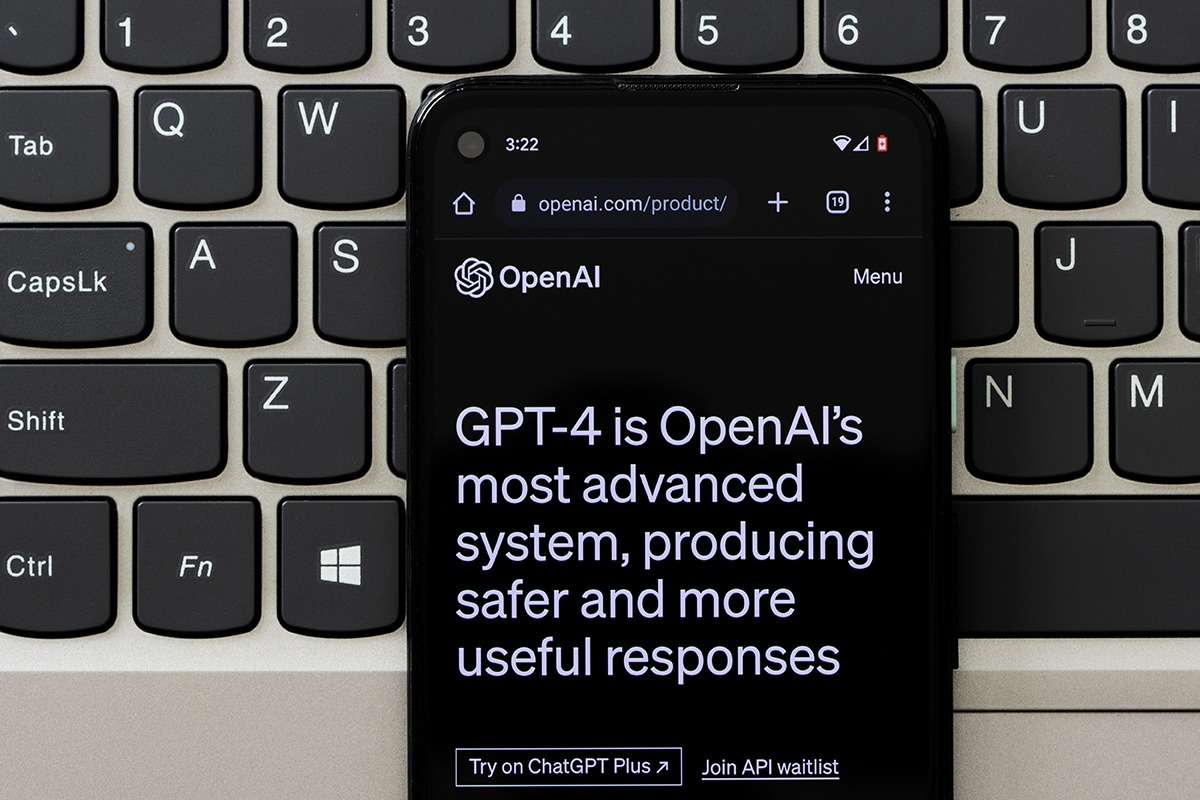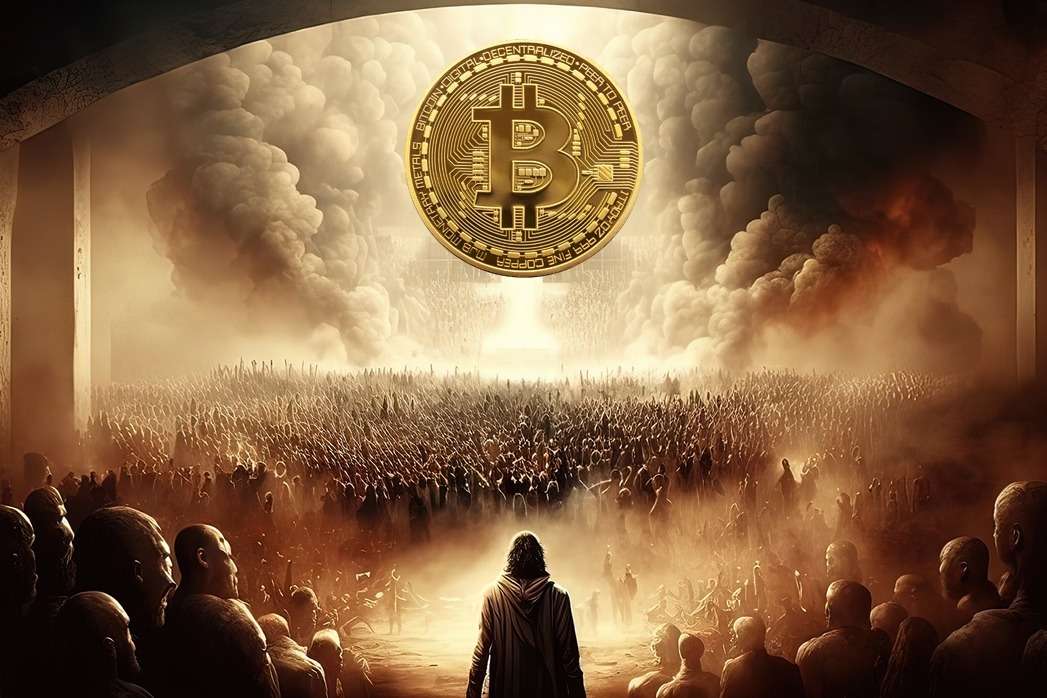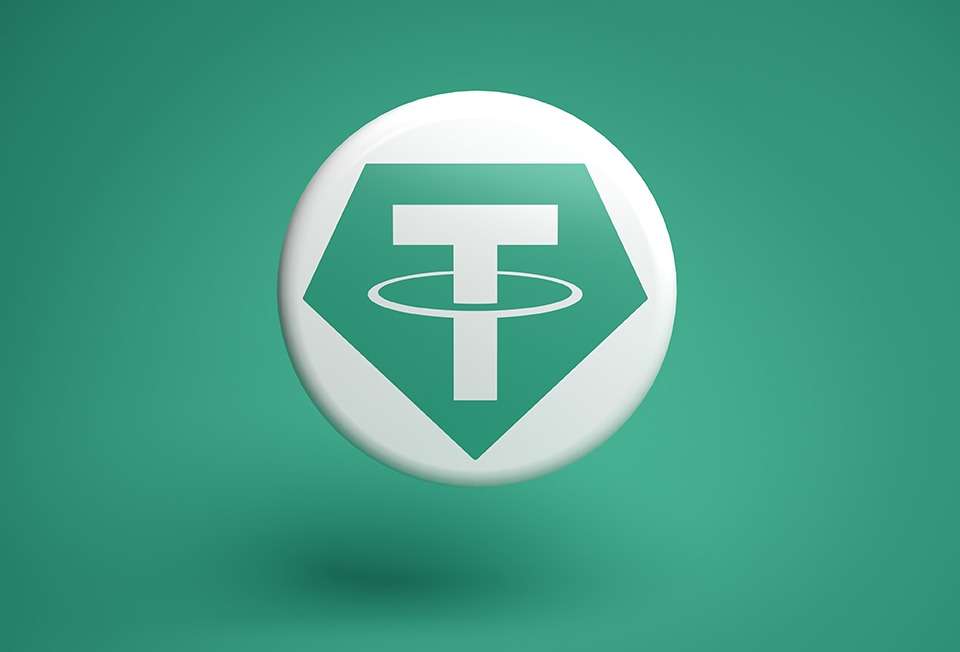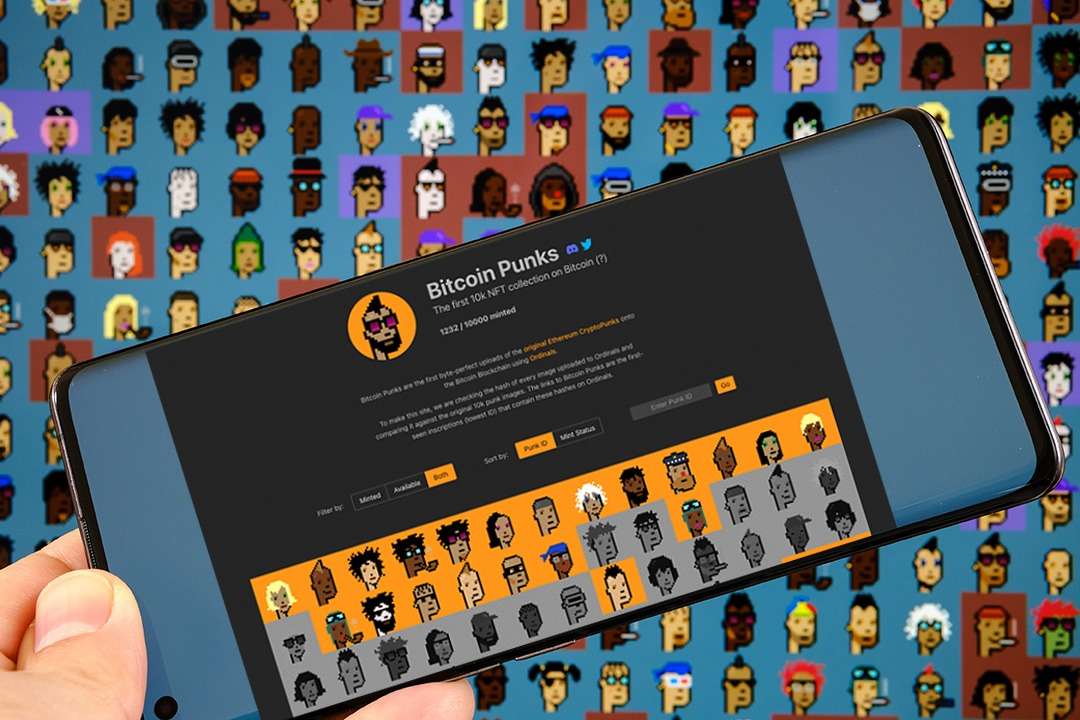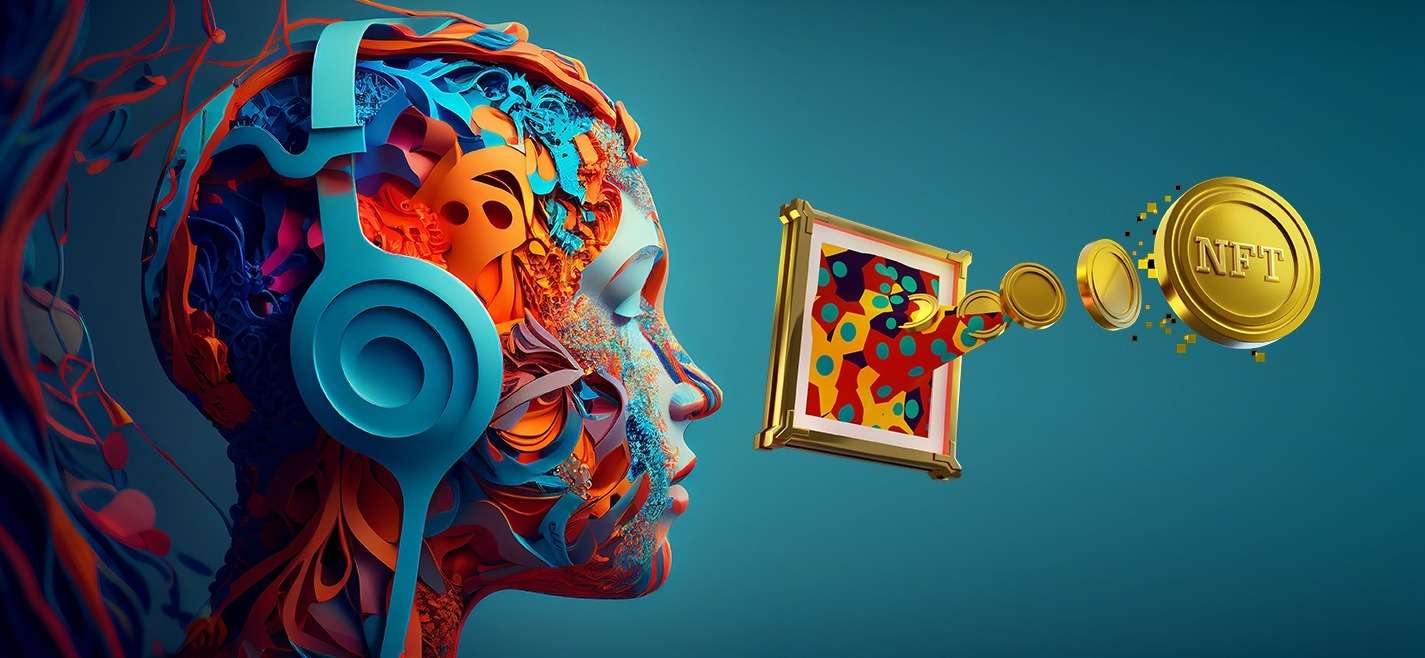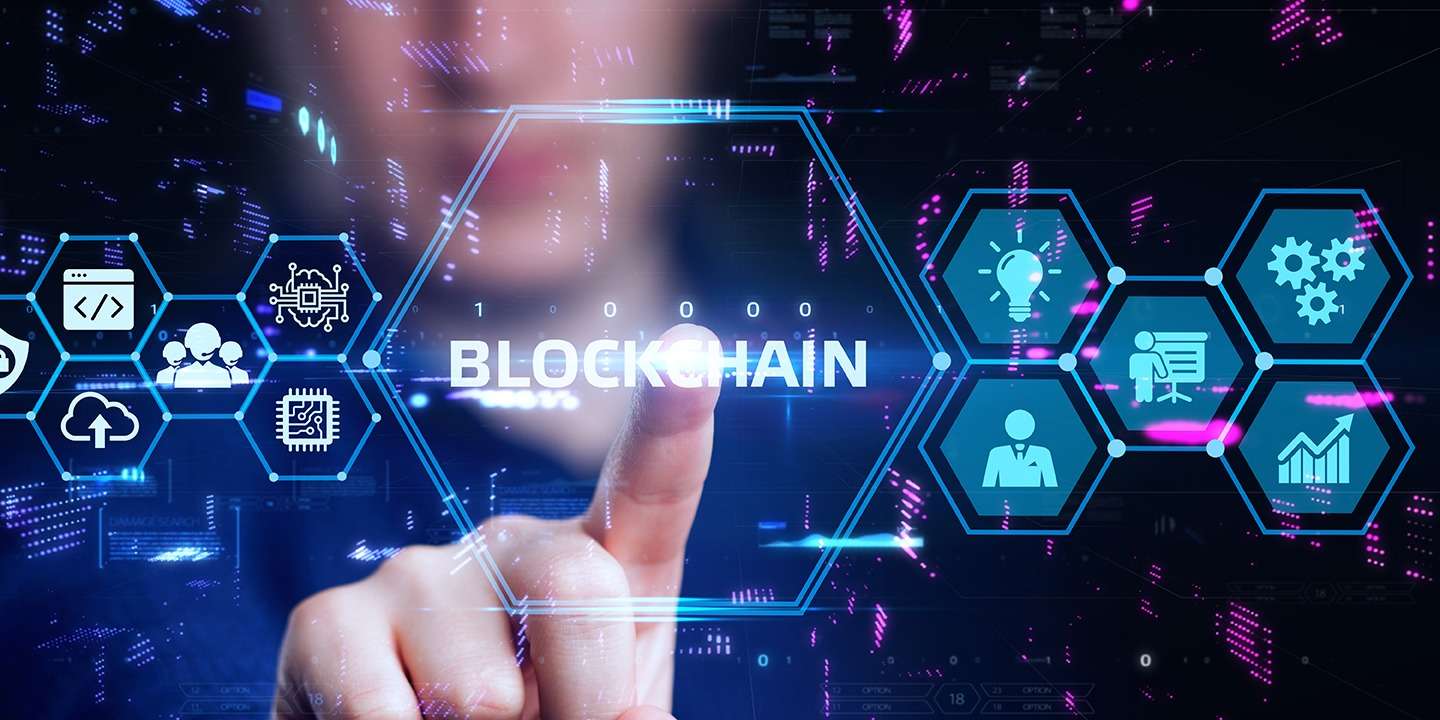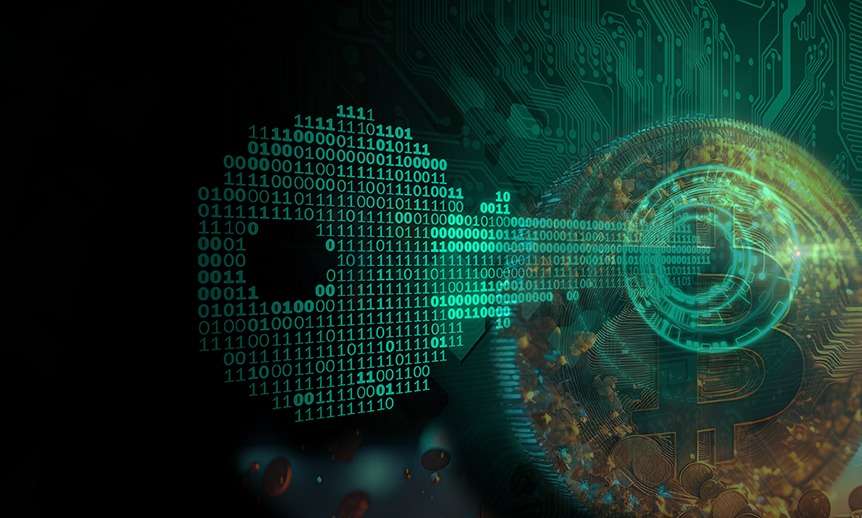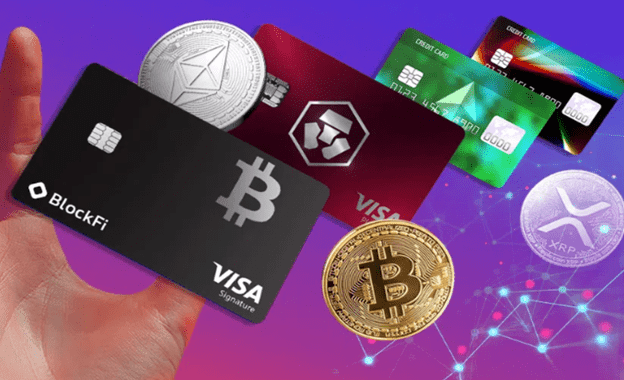Things You Should Consider Before Investing in Altcoins
By definition, an Altcoin is any cryptocurrency that isn’t Bitcoin, which means there are thousands in number. Altcoins account for more than half of the cryptocurrency market’s value. Like Bitcoin, Altcoins are based on the Blockchain as an incorruptible ledger. Some claim to be…

